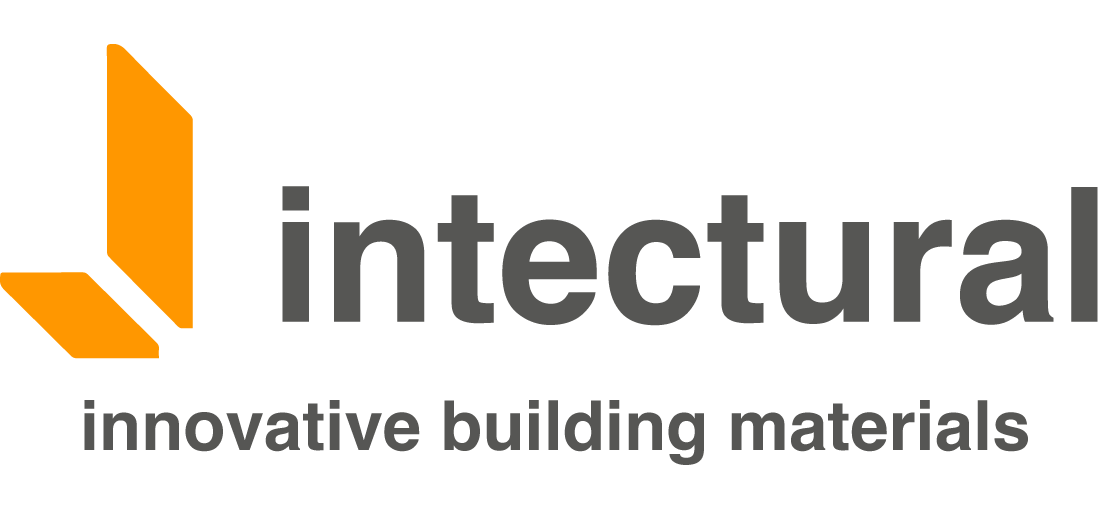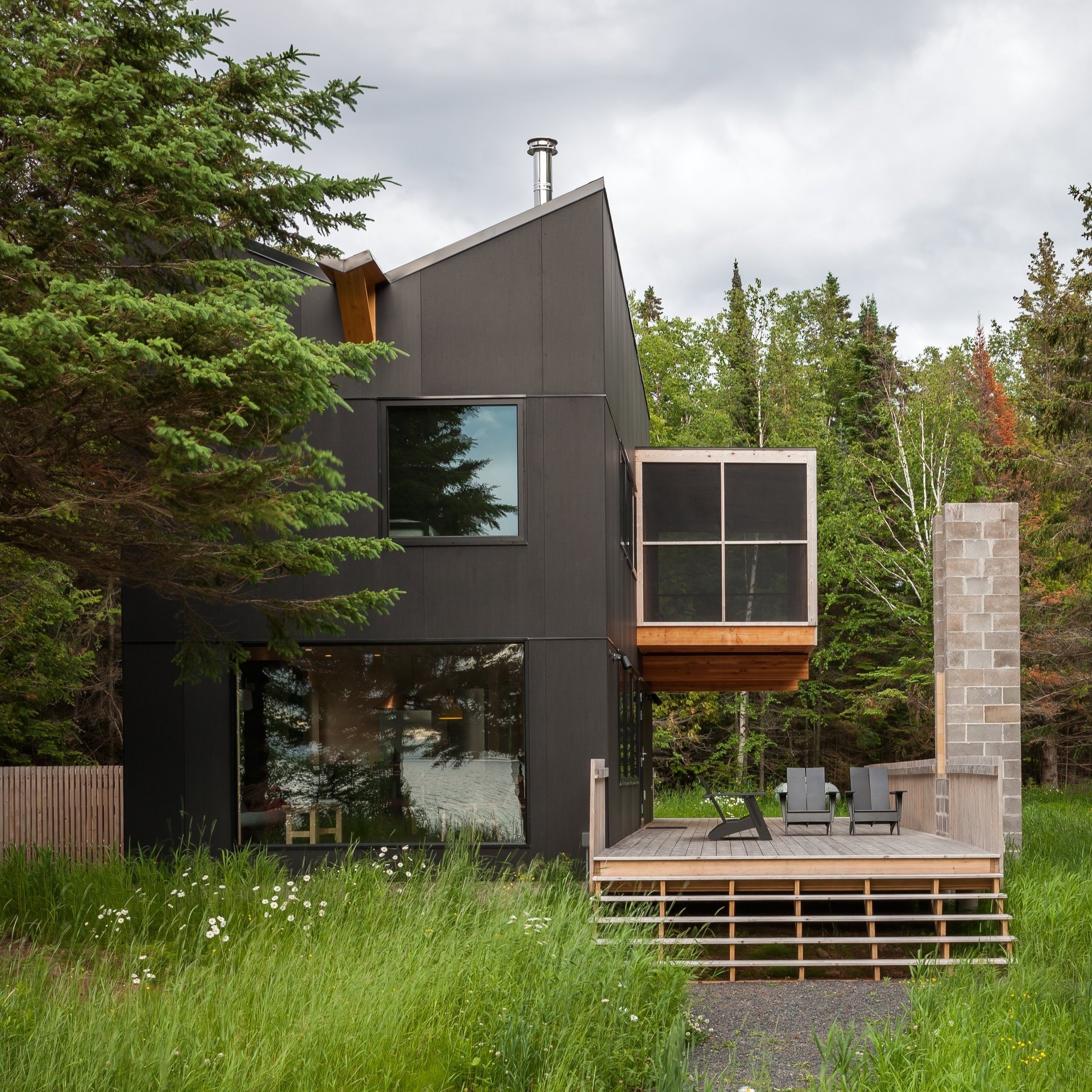Designing for a Passive House
A beautiful example of a passive house using a Richlite Cladding + Rainscreen System | Salmela Architects | Photo: Paul Crosby
Designing for a passive house requires a meticulous approach to selecting architectural building materials such as Richlite or Arbor Wood Co Thermally Modified Wood as each component plays a crucial role in achieving optimal energy efficiency, comfort, and durability. Unlike conventional building practices, where energy consumption is often an afterthought, passive house design places a premium on sustainable materials that enhance insulation, airtightness, and thermal performance while maintaining environmental sustainability. Here's how the principles of passive house design influence the choice of architectural building materials:
1. Airtightness
Airtightness is a fundamental aspect of passive house design, preventing uncontrolled air leakage that can compromise energy performance and indoor comfort. Intectural carries SIGA building membranes & accessories for an airtight building.
Airtight membranes, tapes, and sealants are utilized to create a continuous barrier against drafts and infiltration. Architects and builders pay meticulous attention to details such as junctions, penetrations, and connections to ensure seamless airtight construction, often employing advanced testing methods like blower door tests to verify performance.
2. Sustainable and Renewable Materials
In line with the principles of environmental sustainability, passive house design favors the use of sustainable and renewable materials with low embodied energy and minimal environmental impact. Materials such as responsibly sourced siding & decking from Arbor Wood Co, resin-infused recycled paper panels from Richlite, and low-VOC (volatile organic compound) finishes such as CUTEK® EXTREME are preferred to reduce the carbon footprint of construction and promote indoor air quality.
3. Moisture Control
Effective moisture management is essential in passive house construction to prevent moisture-related issues such as mold growth, degradation of building materials, and indoor air quality problems. Vapor-permeable yet water-resistant materials, such as breathable membranes and moisture-resistant insulation, are selected to allow moisture to escape while protecting the building envelope from water ingress. Both Arbor Wood & Richlite are rain screen applicable materials, ensuring a breathable, moisture-mitigated house.

